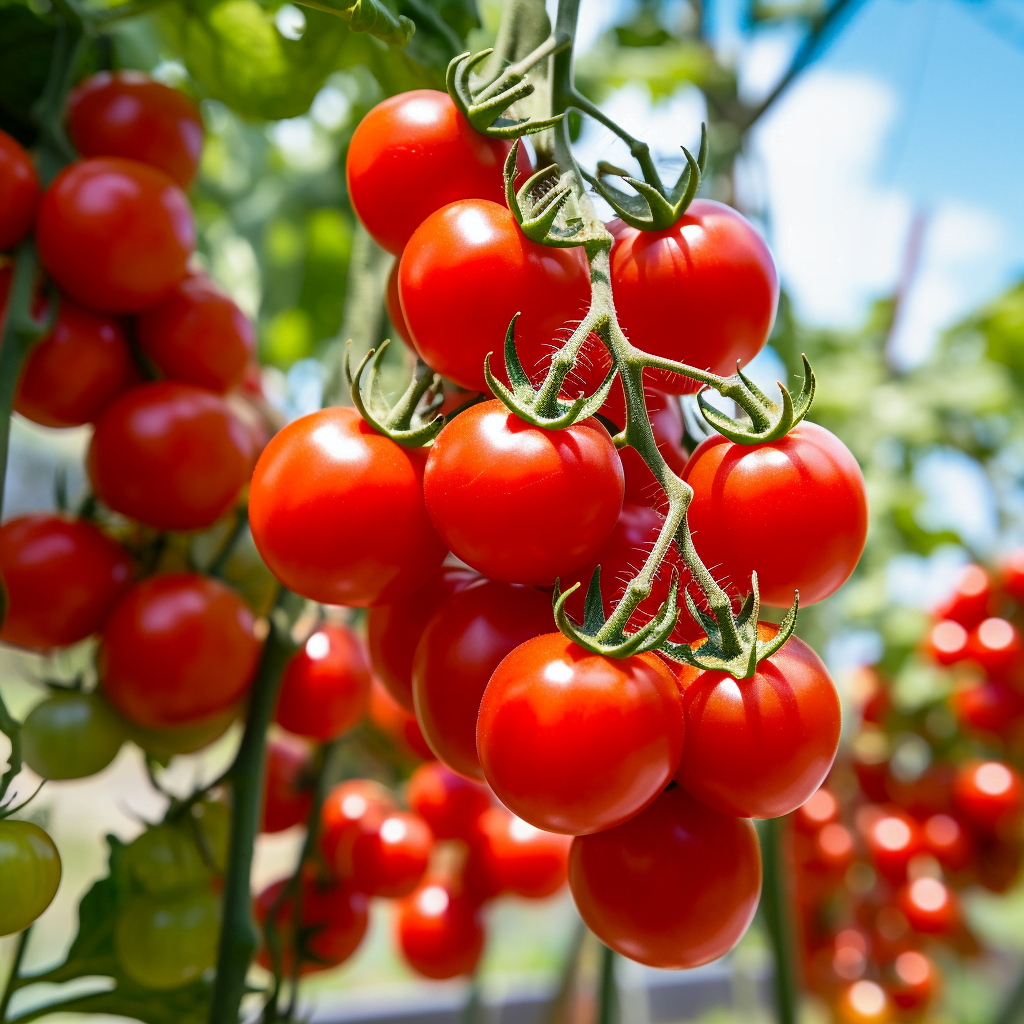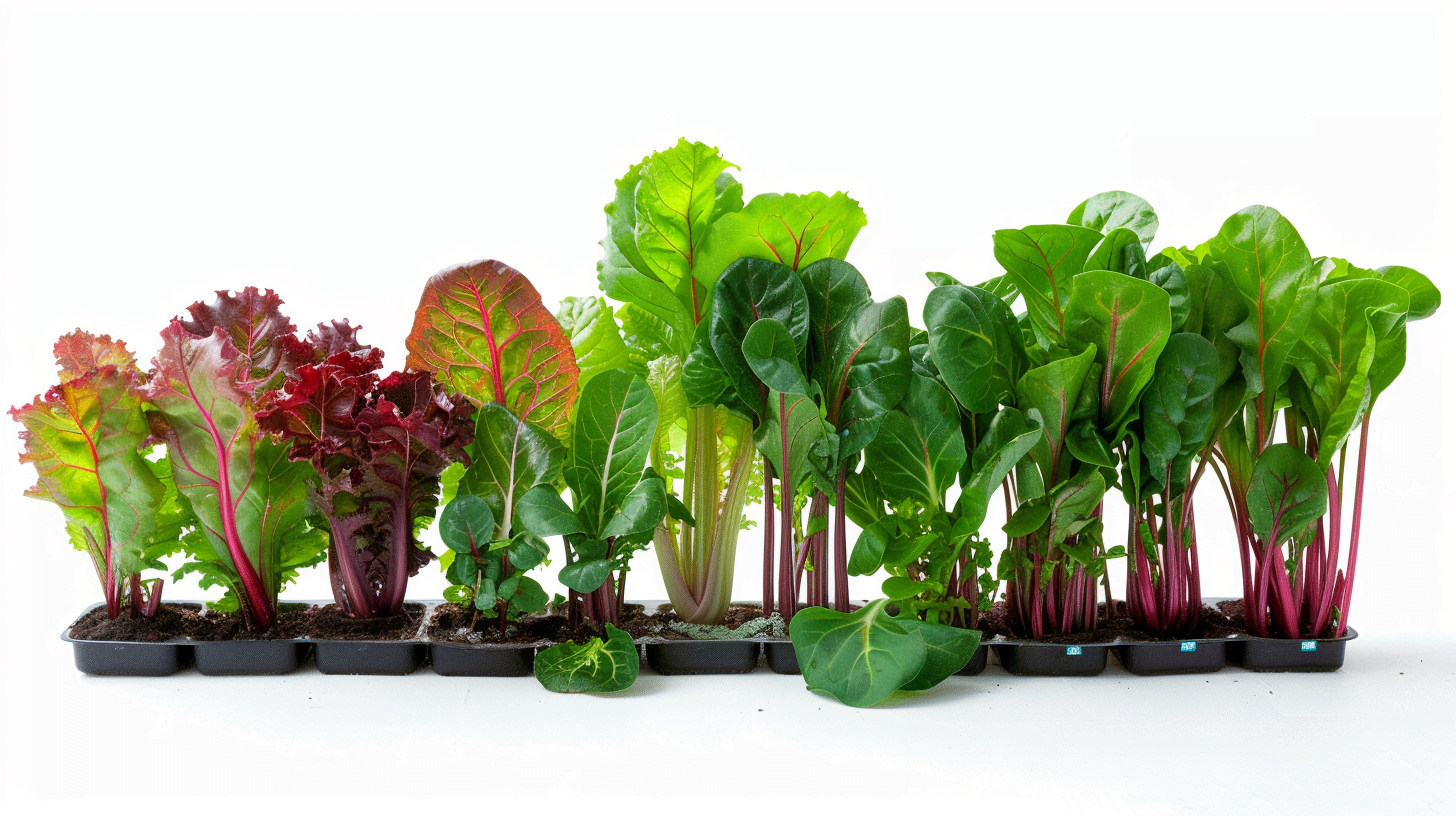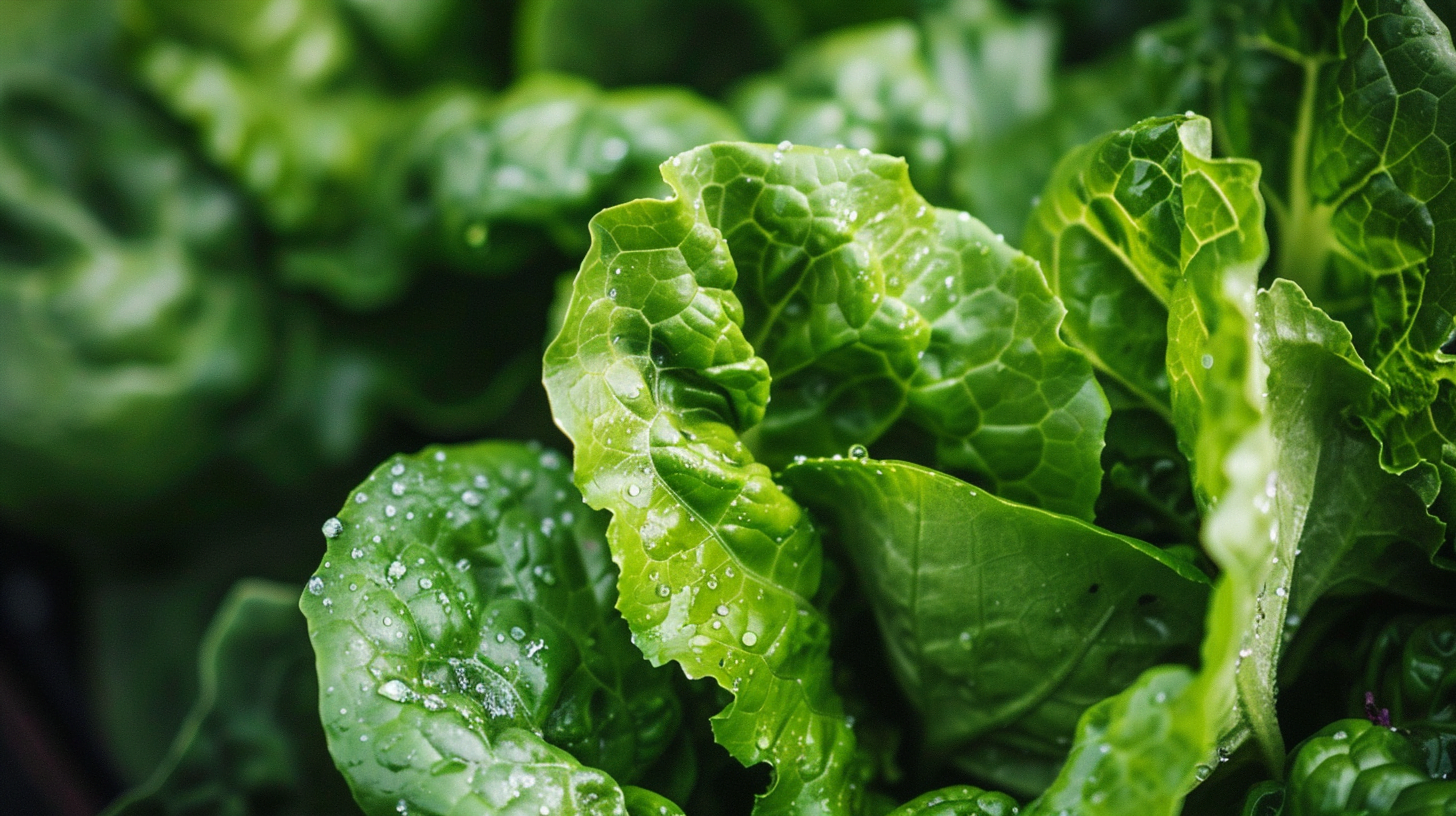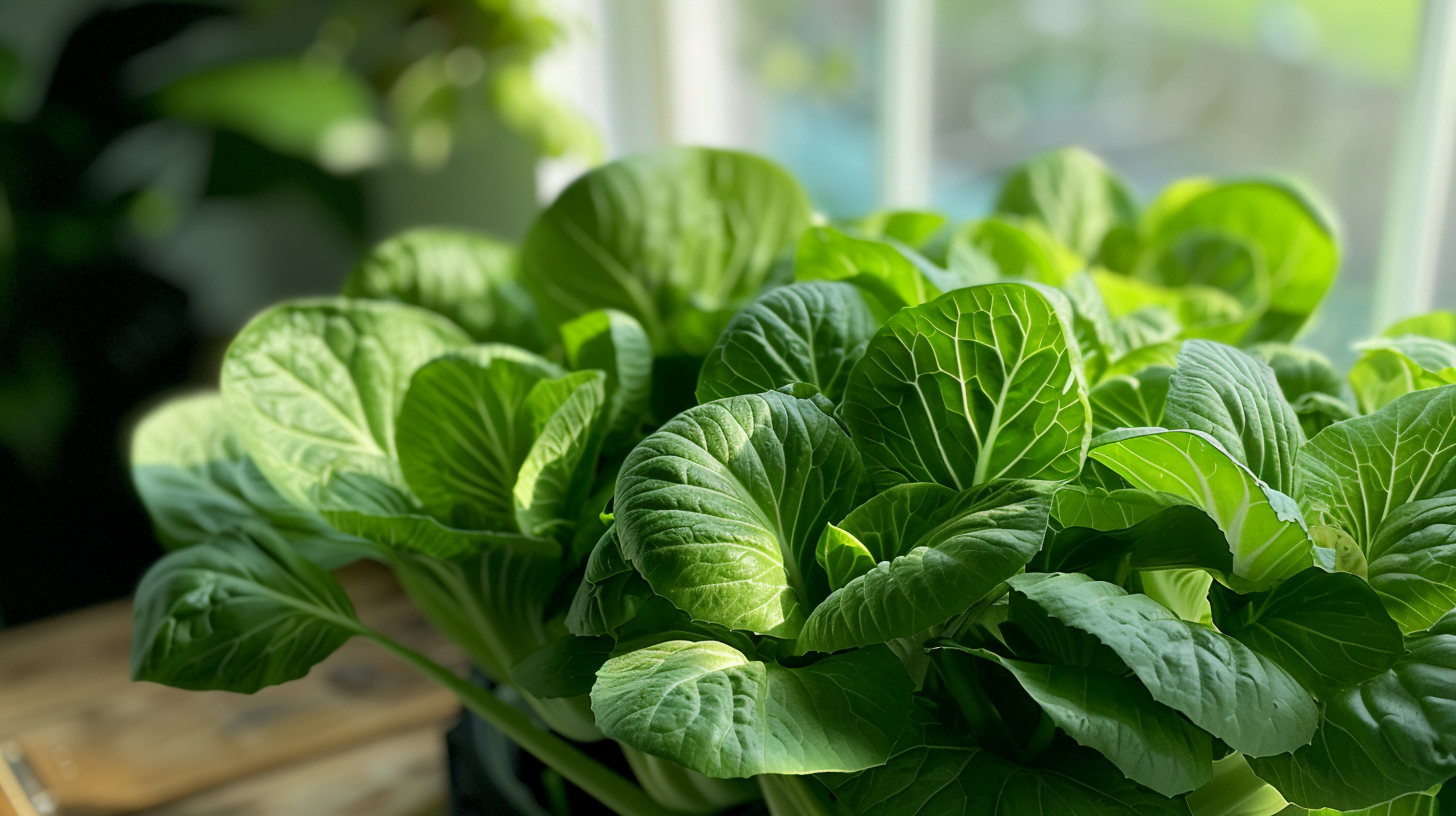What is Hydroponic Gardening?
Hydroponic gardening is a method of cultivating plants without soil. Instead, the roots are submerged in a nutrient-rich water solution that provides all the essential minerals and nutrients that plants need to grow and thrive. The nutrient solution is oxygenated to allow the roots to “breathe” just as they would in soil. With hydroponics, plants typically grow much faster and produce higher yields since their roots have constant access to water, nutrients and oxygen. Hydroponics also uses far less water than conventional soil gardening – up to 90% less! And in this article we will learn How to Grow Tomatoes Hydroponically Outdoors.
The concept of soilless gardening has been around since ancient times, but modern hydroponic systems have been used commercially since the 1970s. NASA has even used hydroponics to grow fresh vegetables for astronauts on space stations! In recent years, smaller-scale home hydroponic systems have surged in popularity as well. They provide an efficient way to grow vegetables, herbs, fruits, and ornamentals hydroponically in a controlled environment.
Some key benefits of hydroponic gardening include:
- Faster plant growth and earlier harvests. Plants get everything they need right at their roots.
- Higher crop yields in less space. No nutrients or water are wasted so production is maximized.
- Less water usage compared to soil gardens. Hydroponics uses up to 90% less water.
- No weeding, tilling or soil-borne diseases to deal with. The sterile, controlled environment prevents many issues.
- Ability to grow plants nearly anywhere – indoors or outdoors, on rooftops or patios, etc.
- Easier harvesting since roots come out cleanly from the growing medium or solution.
While hydroponics does require an initial equipment investment and some technical knowledge, the benefits and rewards make it a great option for advanced home gardeners looking to take their growing to the next level.
Hydroponic Systems for Outdoor Tomatoes
When growing tomatoes hydroponically outdoors, you need to choose an appropriate hydroponic system that can withstand the elements while still providing the root support, nutrients and oxygenation that tomatoes need. Here are some of the best hydroponic system options for outdoor tomato cultivation:
Wick System
The wick system is one of the most basic and inexpensive hydroponic methods. With this system, the tomato plants are placed in a container filled with a growing medium like perlite, vermiculite or coconut coir. The bottom of this container sits directly in a reservoir filled with the hydroponic nutrient solution. A nylon wick (a rope-like material) runs from the bottom of the growing container down into the reservoir. This wick acts like a synthetic root, drawing the nutrient solution up into the growing medium to feed the plants.
Pros of the Wick System:
- Very simple and easy to set up – great for beginners
- Low cost – can be built with easily available materials
- Passive system – no electricity required
- Less prone to drying out since wick provides constant moisture
Cons of the Wick System:
- Not ideal for larger, long-term plants like full grown tomato vines
- Limited capacity – can only support a few small-medium plants
- Needs frequent nutrient monitoring/replacement due to small reservoir
- High evaporation rates in hot, dry weather
Deep Water Culture
Also referred to as DWC, the deep water culture system involves suspending tomato roots directly into a reservoir of highly oxygenated nutrient solution. Air pumps and air stones are used to bubble and oxygenate the nutrient solution, ensuring the tomato roots get plenty of oxygen. Tomatoes grown in DWC systems typically require trellising or cages for support since their roots are not anchored in a growing medium.
Pros of Deep Water Culture:
- Rapid growth thanks to high levels of oxygen in the nutrient solution.
- Easy to monitor root development and health since roots are visible.
- Very versatile – can be used for various types of plants.
- Relatively low maintenance once set up properly.
Cons of Deep Water Culture:
- Requires electricity to run the air pumps for oxygenation.
- More expensive than passive wick systems.
- Not suitable for very small seedlings or cuttings – roots need to reach into reservoir.
- Low nutrient volume – reservoirs needs frequent monitoring.
Nutrient Film Technique (NFT)
The nutrient film technique involves pumping a very shallow stream of highly oxygenated nutrient solution along enclosed growing channels. Tomato roots sit directly within these channels and get constant access to fresh nutrients and moisture. NFT systems require careful monitoring to avoid drying out since there is no growing medium. Tomatoes grown in NFT need to be trellised for support.
Pros of Nutrient Film Technique:
- Roots get plenty of oxygen from the thin film of constantly moving nutrient solution.
- Promotes very rapid growth thanks to optimal conditions at roots.
- Highly productive and great for commercial systems. Very efficient use of space and nutrients.
Cons of Nutrient Film Technique:
- Risk of drying out if pump fails or power goes out. Needs constant monitoring.
- No growing medium means less root support for larger plants like tomatoes.
- Needs more maintenance than passive systems. More can go wrong.
- Relatively high cost to set up with channels and pump.
Choosing the Right Tomato Varieties for Hydroponics
When growing tomatoes hydroponically, you’ll need to select tomato varieties that are suited to the unique conditions. Here are some factors to consider:
- Determinate vs. Indeterminate tomatoes: Determinate tomatoes grow to a compact, bushy size of 1-3 feet tall. Indeterminates keep growing and producing fruit all season long and can reach over 10 feet tall if trellised. For hydroponics, indeterminate types are recommended since they can be continually trained vertically on trellises as they grow.
- Hybrid vs. Heirloom tomatoes: Modern tomato hybrids have been bred specifically for higher yields, disease resistance, and uniform growth. However, heirloom varieties offer an unbeatable depth of flavor and diversity. For hydroponics, the best approach is often to grow some hybrids for optimal production along with heirlooms you love for flavor.
- Ideal varieties: Look for compact, yet vigorous indeterminate tomato varieties suited to vine growth and trellising. Some great options include ‘Celebrity’, ‘Sweet Million’, ‘Juliet’, and ‘Roma’ which don’t require extensive trellising. Heat and disease resistant hybrids like ‘Sun Leaper’, ‘Defiant PHR’, and ‘Solar Flare’ are also good choices. Don’t forget to add a couple heirlooms too – ‘Cherokee Purple’, ‘Brandywine’, and ‘Black Krim’ are delicious ones to try!
Setting Up Your Outdoor Hydroponic Tomato System
Properly setting up your outdoor hydroponic tomato system is critical to getting your plants off to a vigorous start. Here are some tips:
- Choose a sunny, sheltered location. Tomatoes need at least 6-8 hours of direct sunlight daily for optimal fruit production. Having some shelter from wind helps maintain stable conditions.
- Build sturdy support structures and trellises. This keeps vines tidy, prevents breakage, and improves light exposure and air circulation. Use UV-resistant materials like plastic PVC pipe, wood, or metal. Install trellises before transplanting seedlings.
- For powered systems like DWC or NFT, safely install the tubing, pumps, and electrical components so there are no tripping or electrocution hazards. Use a GFCI outlet if needed.
- Prepare the recommended nutrient solutions according to the hydroponic system type you are using. Start with 25-50% strength formulas until plants mature.
- Consider setting up an automatic watering system on a timer to maintain consistent moisture levels if going out of town. Drip irrigation works well.
- Use netting or floating row cover fabric to protect plants from birds and insects if needed.
Planting and Caring for Hydroponic Tomatoes
Once your system is set up, here are some tips for planting, maintaining and caring for your hydroponic tomatoes:
- Transplant tomato seedlings into the hydroponic system when they have 3-4 true leaves and a well-developed root system. Gently place into growing medium or reservoirs.
- Train vines upward onto trellises or cages as they grow. Prune lower leaves and suckers to focus energy on fruit production higher up. But don’t over-prune.
- Closely monitor pH and nutrient levels. Top off reservoir nutrients weekly and change reservoirs every 2-3 weeks. Keep pH between 5.5-6.5 for optimal nutrient availability.
- Tomato flowers need pollination to produce fruit. You can gently shake vines daily, hand pollinate, or use small fans or bees to ensure pollination.
- Scout plants daily for common pests like aphids, whiteflies, spider mites, or hornworms. Take action early before infestations get out of control. Remove any infected leaves or stems.
- Prevent blossom end rot by maintaining consistent moisture levels. Add calcium supplements to the nutrient solution if needed.
- Once fruits start ripening, begin weekly applications of potassium and phosphorous to aid fruit development.
Maximizing Tomato Yields and Fruit Quality
To maximize the quantities and quality of your hydroponically-grown tomatoes, focus on providing optimal growing conditions:
- Ensure proper vine support with tall, sturdy trellises or cages. Allow 1 square foot per plant as vines grow. This prevents breakage under the weight of fruits.
- Good light exposure is crucial. Gently prune lower leaves or stems that shadow fruits and flowers. Supplemental LED grow lights can extend daylight hours.
- Allow for adequate spacing and air circulation between plants to minimize disease and pests. Overcrowding causes problems.
- Maintain ideal temperature range between 70-85°F during the day and 60-70°F at night for your variety. Use fans, heaters, or shading as needed.
- Check nutrient levels frequently. Address issues like blossom end rot quickly by modifying nutrients or irrigation frequency. Calcium deficiency causes this disorder.
- Avoid drastic swings in moisture, nutrients, or lighting which can stress plants. Keep conditions relatively stable.
- Patiently wait until fruits reach full color development before harvesting. This allows sugars to fully develop.
Harvesting Tomatoes from Your Outdoor Hydro System
- Begin picking tomatoes when they reach their mature size and show deep, even color.
- Use clean, sterilized pruners or scissors for harvesting. Make cuts at the stem junction for a clean break. Never tug or twist fruits off vine.
- Harvest tomatoes regularly to promote more production. Allow some to ripen fully on vine for best flavor.
- In ideal hydroponic conditions, tomato plants will keep producing heavier yields for 6-9 months before declining.
- To get a second crop from the system, transplant new tomato seedlings in midsummer after clearing out the old plants. Fertilize and water for a few weeks before transplant.
- When the season ends, clean out all plant matter from the system to prevent pests and diseases the next year.
Troubleshooting Common Hydroponic Tomato Problems
Even in the ideal controlled conditions of hydroponics, issues can still crop up. Here are some common problems and how to address them:
- Slow growth: This is often caused by low nutrient levels or improper pH. Check both and modify your nutrient solution accordingly. Low temps or inadequate lighting could also be the issue.
- Leaf yellowing/browning: A sign of stresses like root problems, overwatering, or nutrient deficiencies. Check roots for rot and modify watering schedule. Replenish nutrients.
- Blossom drop: Results from extremes in temperature, moisture stress, or improper pollination. Modify conditions and hand pollinate flowers.
- Blossom end rot: Caused by calcium deficiency and/or uneven watering. Add calcium supplements and maintain steady moisture.
- Wilting/drooping leaves: Indicates underwatering or root issues. Check moisture levels and root health. Revise watering schedule and inspect reservoir for slime.
- Fruit cracks: Caused by uneven watering which leads to rapid swelling. Maintain steady moisture levels from flowering through harvest.
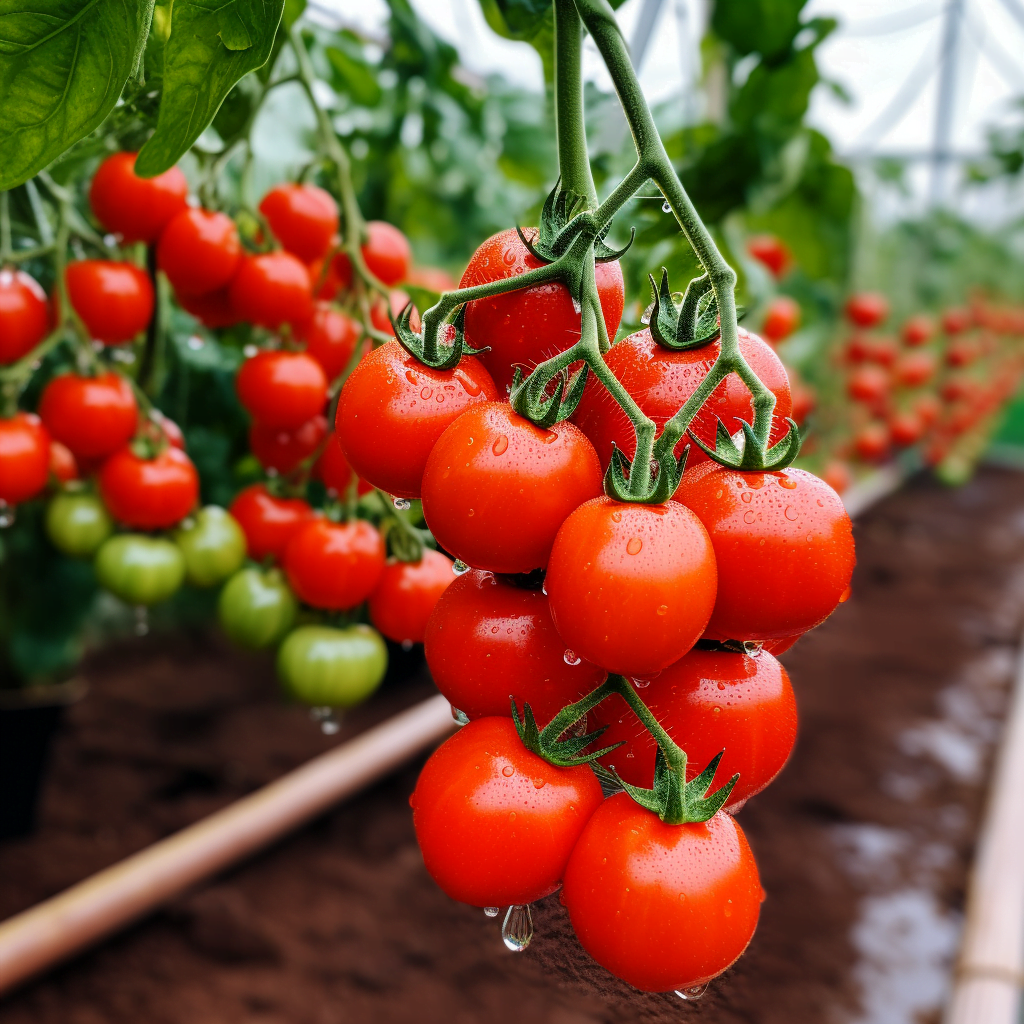
Frequently Asked Questions About Hydroponic Tomatoes
What type of hydroponic system is best for beginners to start with?
The wick system is the most beginner-friendly since it requires minimal equipment and maintenance. It’s passive and low-cost.
How often should the nutrient reservoir be changed?
Ideally every 2 weeks. Top off the nutrients and adjust pH weekly. More frequent reservoir changes can be done if needed.
Is it okay if some of the tomato roots are exposed to air?
Yes, having some roots exposed to air is perfectly fine and even beneficial. Just don’t allow the roots to completely dry out.
Do I need to use grow lights for outdoor hydroponic tomatoes?
In most climates, the natural daylight hours are sufficient as long as plants get 6-8 hours of sun. Grow lights can extend the day length.
What size nutrient reservoir do I need?
For a few tomato plants, a 10-20 gallon reservoir is sufficient. Scale the reservoir up accordingly if growing more plants.
How long will my hydroponic tomato plants keep producing?
In ideal conditions with proper care, hydroponic tomato plants can keep yielding tomatoes for 6-9 months before declining.
What are signs my plants need more nutrients?
Slow growth, yellow lower leaves, weak vines, and reduced flowering/fruiting can indicate low nutrient levels. Check EC/PPM with a meter.
Why is blossom end rot happening?
This disorder is caused by calcium deficiency and/or uneven moisture levels. Add calcium supplements and maintain steady watering.
Growing Tomatoes Hydroponically Outdoors – Final Thoughts
Growing tomatoes hydroponically outdoors provides a fun, rewarding way to produce bountiful harvests of juicy, great-tasting tomatoes. By providing ideal conditions at the roots, hydroponics allows gardeners to maximize yields and fruit quality even in limited spaces. While indoor tomato growing has been popular for decades, new developments in durable outdoor hydroponic systems have opened up these techniques to backyard gardeners as well.
Setting up a properly designed outdoor hydroponic system matched to your climate, pairing it with suitable tomato varieties, and providing attentive care throughout the season are the keys to success. This allows the various tomato growth stages – from vibrant vegetative vines to abundant flowering and fruiting – to flourish. Monitoring water, nutrients and environmental conditions will keep plants healthy and prevent issues. Before you know it, you’ll be harvesting basketfuls of tomatoes from your DIY hydroponic setup.
For the advanced gardener looking to take their cultivation abilities to the next level, growing tomatoes hydroponically outdoors is certainly worth consideration. The initial investment pays off with season after season of impressive results. No matter which hydroponic techniques you employ, just be sure to follow best practices and enjoy the fruits of your labor – literally!
